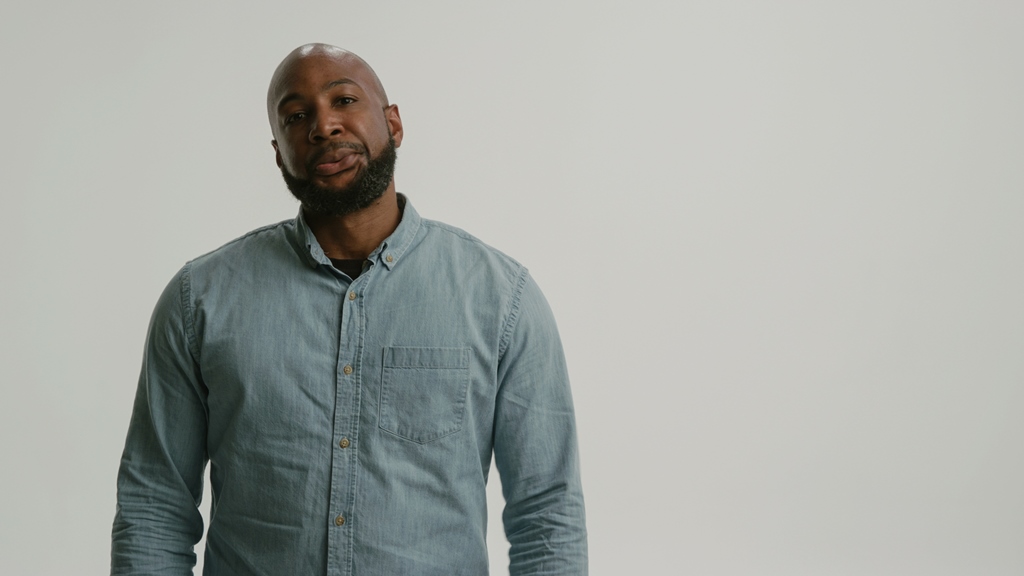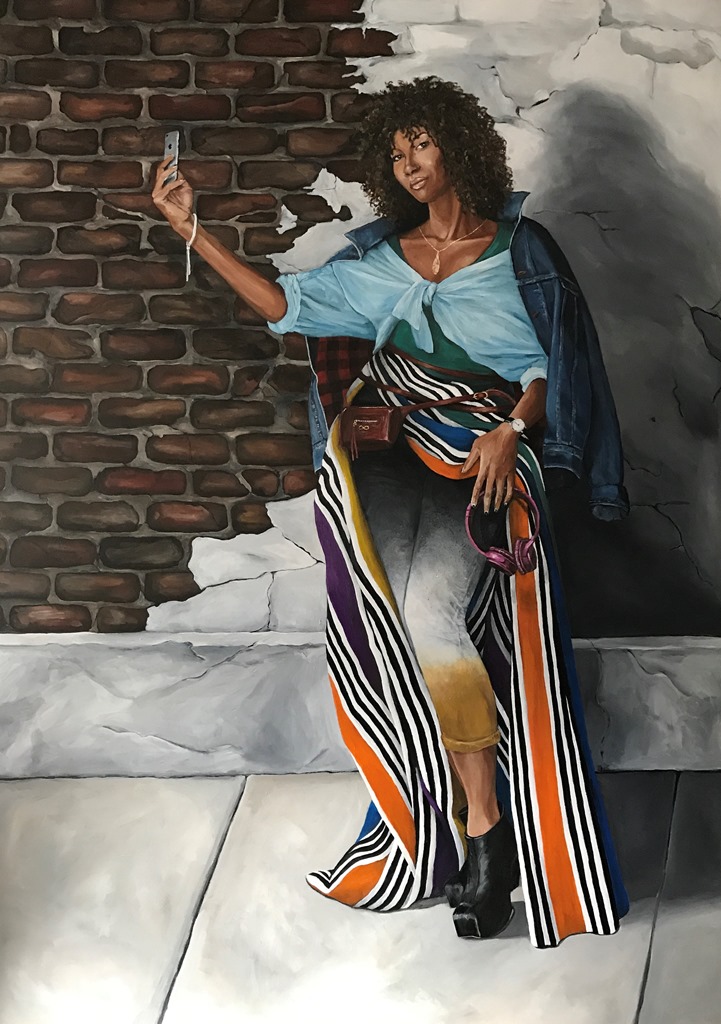Nine Black artists, one show, countless experiences

Souvenir (detail). Chantal Gibson, 2017. 2000 souvenir spoons (metal, silver, copper, pewter). Black spray paint. Image courtesy of the artist.
The Royal Ontario Museum (ROM) is marking Black History Month with the exhibition Here We Are Here: Black Canadian Contemporary Art, on now until April 22. In the exhibition, nine Black Canadian artists present works that demonstrate what constitutes Blackness in Canada, but resist falling into place to suit any particular story, especially those commonly told in Canadian history and society. “Taken together, the show is intensely confrontational, and unfamiliar turf for a museum more accustomed to walking softly,” critic Murray Whyte wrote in the Toronto Star.
The AGO’s own Assistant Curator of Photography is a member of the curatorial team that put these works together. We spoke to Julie Crooks about the show, why it’s important now, and what it means for future exhibitions in Toronto.
AGO: How did you get involved with the curatorial team of Here We Are Here?
Julie: Here We Are Here is the culmination of a multi-year project called Of Africa. The project was conceived by myself and independent curator Dominique Fontaine. Silvia Forni, the Curator of African Arts and Culture at the ROM, came on board as a co-curator.
AGO: Can you tell us a bit about art featured in the show?
Julie: Sandra Brewster’s large-scale composition, Hiking Black Creek, depicts her parents as newcomers to Toronto and their encounter with the Canadian landscape. Chantal Gibson’s multimedia installation called Souvenir confronts the erasure of Blacks from Canadian narratives of slavery and settlement. And Michèle Pearson Clarke’s video installation, Suck Teeth Compositions (After Rashaad Newsome), presents a choral symphony structured around an everyday oral gesture that’s become a coping strategy shared by African and African diasporic individuals.
Artists whose work also appear in the show include: Sylvia D. Hamilton, Gordon Shadrach, Dawit L. Petros, Bushra Junaid, Charmaine Lurch, and Esmaa Mohamoud (also seen in the AGO’s 2017 exhibition, Every. Now. Then: Reframing Nationhood).
AGO: Why do you think this is an important exhibition to see in Toronto?
The Black experience in Canada is not monolithic. HWAH addresses the complexities and contradictions in the Canadian historical narrative from the perspective of nine Canadian contemporary artists.
AGO: What has the reception to the exhibition been so far, and what does that meant to you?
The reception has been very positive and the work seems to resonate with a range of viewers. This means a lot to the entire curatorial team because it bodes well for future contemporary shows that reflect on the Black Canadian experience.
AGO: How does Here We Are Here relate to your work at the AGO?
My work on this show extends the work I do at the AGO by generating new possibilities of encountering the expansive and ever-evolving nature of artistic practices related to the African diaspora.
Are you an AGOinsider yet? If not, sign up to have stories like these delivered straight to your inbox every week.


